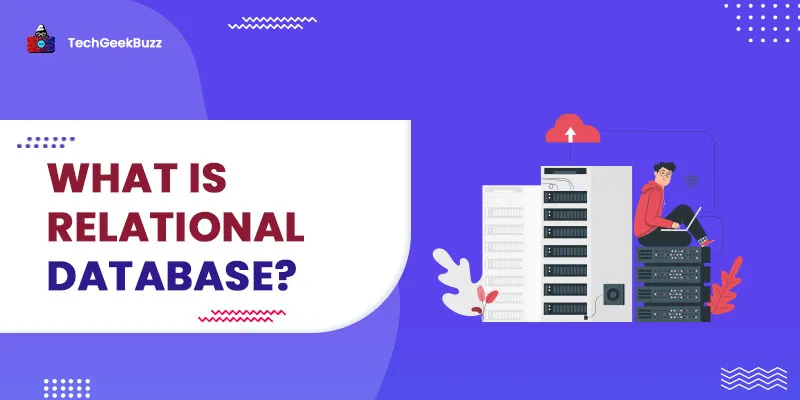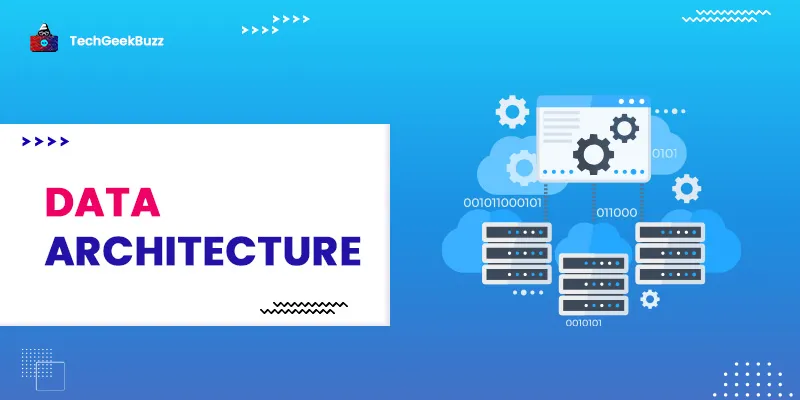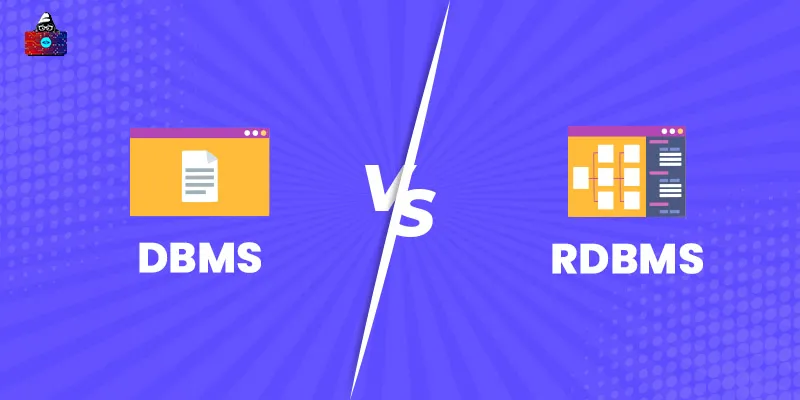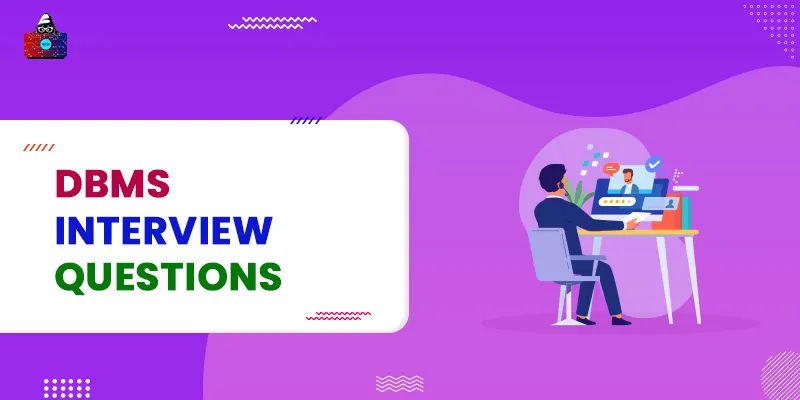A digital database is a collection of data that organizes data in such a way that retrieval, deletion, and insertion of data become straightforward. There are many models present out there that decide how the data should be put in a database, and this factor of deciding data presentation is raised to different models of databases. And here in this article, we will be covering one of the widely used and efficient database models, “Relational Database”.
What is a Relational Database?
As the name suggests, the Relational Database collects data or valuable information and organizes it in a defined relation. It represents a proper relation between the data and then inserts the data into the database. The RDB has a specific data structure that includes main data tables, indexes, and views. And the user can only interact with these three entities and has no control over the main data structure.
The main or valuable data is always stored in the data tables, and as an ordinary table, the data table is a collection of rows and columns. The rows and columns of the table help in deciding the relationship between the data. The row specifies the address or key of the data, and the columns specify the type or attribute of the data.
< Note >: The RDB data tables are similar to the excel sheet.
Use of SQL in Relational Database:
To perform data operations (insertion, deletion, updation, etc.) on a Database, we require an API ( Application Program Interface ) or Standard Program. And Structured Query Language (SQL) is a standard language for relational databases. SQL commands are known as queries, and these queries help the developer interact with the RDB.
Using SQL queries, we can perform simple CURD as well as other complex operation on the database. There are many software systems that use SQL to handle RDB, and this set of Software is known as Relational Database Management System (RDBMS). MySQL, PostgreSQL, MariaDB, and SQLite are some of the popular RDBMS.
More on Relational Database Model
In 1970 E.F. Codd invented the concept of a Relational Database at IBM. Before SQL, organizations would use hierarchical and navigational structures to store and organize data. But in 1970, Codd SQL gave a new approach to storing data in a table using rows and columns. SQL tables are also called "relation", and in relation, columns define the attributes or data types, and the row defines tuple or record.
The relational Database tables are similar to the excel sheets, but using a database gives us an upper hand because it can eliminate the redundancy of data. A database can have more than one table, and every table has a unique primary key. And the primary key is generally used to identify the information in a table. The relational database not only provides a relationship in a table but between the tables too.
To set a relation between two tables, we use the foreign key, which links the primary key of one table to another because only the primary key guarantees accurate data relation. For example, if an organization has a database to hold the information of its employees, then the table in the database would look like this.
| ID (primary key) (Attribute) | Name (Attribute) | Role (Attribute) | Salary (Attribute) | |
| Employee1 (record tuple) | ||||
| Employee2 (record tuple) | ||||
| Employee3 (record tuple) |
Advantages
Right now, mostly all organizations and businesses use Relational Databases to store their data. Even cloud storage uses Cloud Relational Database to store data in the form of rows and columns. Amazon RDS , Google Cloud SQL, and IBM DB2 are all these big names that use Relational Database for cloud storage . It includes:
- It is very easy to extend the RDB, even after the database and tables have been created.
- It has SQL is a standard language in which queries or commands are straightforward.
- An efficiently created RDB reduces redundant data.
- Even Multiple users can access the database at the same time.
- Many big organizations and businesses trust Relational databases over other Databases models.
Conclusion
A vast majority of software and business uses RDB models, or simply put. It is leading the market of Database models. The efficient and straightforward standard language (SQL) has also pushed the usage of Relational Databases amongst the developer’s community. Right now, the term RDB has so much weight it has overwhelmed all other Database Models; terms like database and relational database are used and vice versa.
People are also reading:




